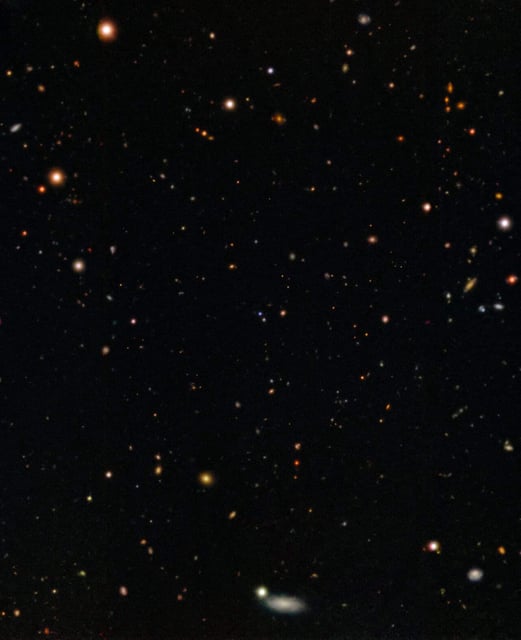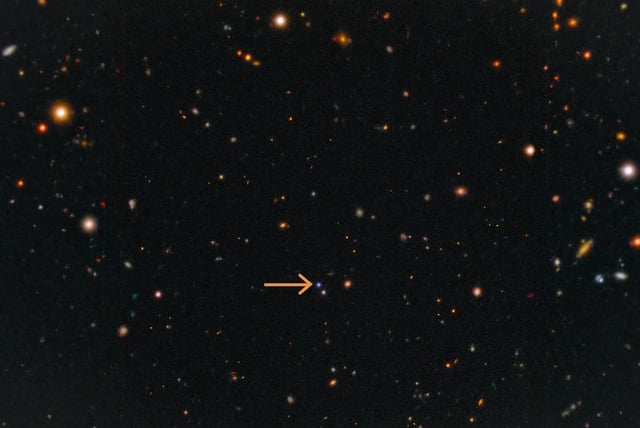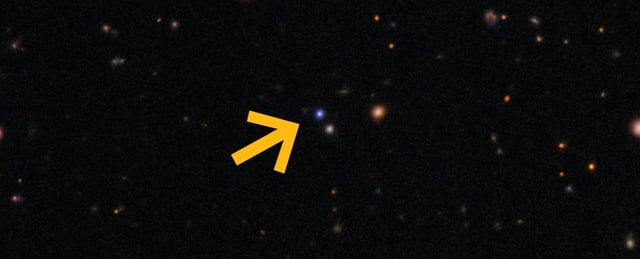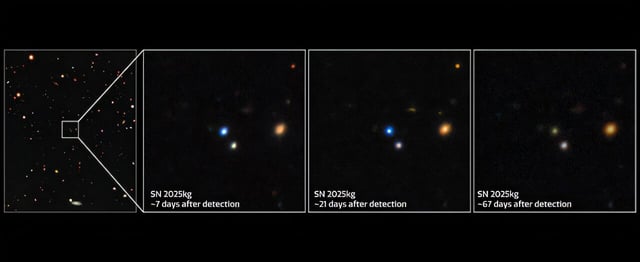Overview
- Detailed observations of EP 250108a and its associated supernova SN 2025kg confirm that fast X-ray transients originate from jets that stall inside the outer layers of collapsing massive stars.
- Since its 2024 launch, the Einstein Probe has detected FXTs several times per month, vastly outpacing the roughly annual gamma-ray burst rate and suggesting failed-jet explosions are common.
- Rapid multi-wavelength follow-ups with the International Gemini Observatory’s FLAMINGOS-2 and GMOS instruments, along with SOAR Telescope data, tracked the evolving X-ray, optical and infrared signals of the event.
- Spectroscopic analysis identifies EP 250108a/SN 2025kg as a Type Ic broad-lined supernova from a progenitor star of about 15–30 solar masses.
- Researchers are gearing up to exploit the upcoming Vera C. Rubin Observatory LSST to expand transient surveys and deepen understanding of jet-failure mechanisms.



